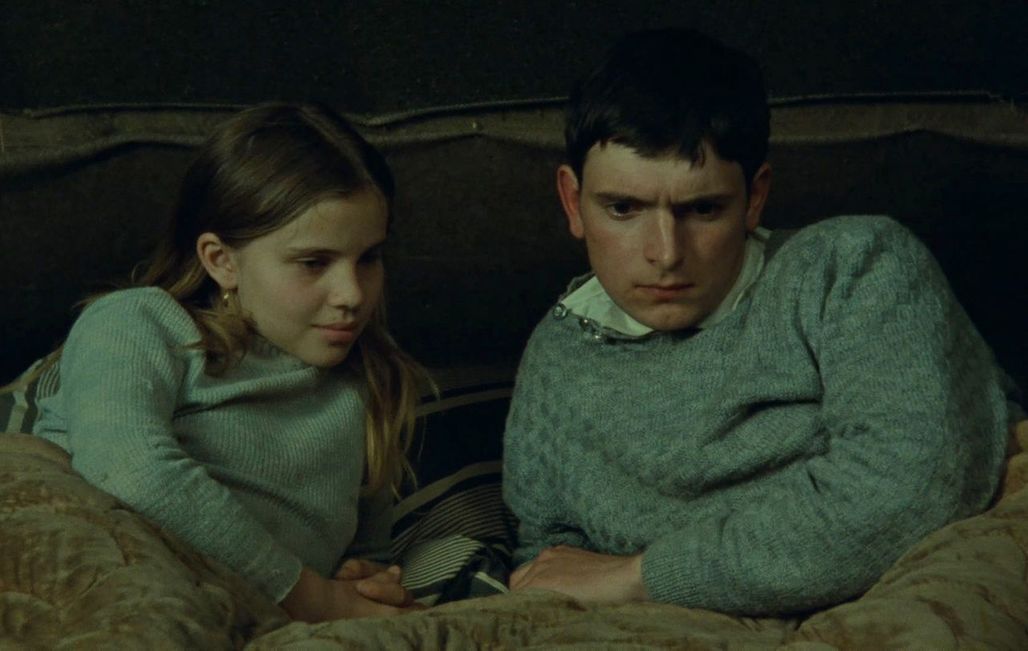
La Drôlesse (The Hussy), or the curious encounter between two lonely souls

François is a somewhat eccentric young man of 20. One day, he kidnaps 11-year-old Madeleine and takes her to live in his attic. A bond quickly forms between the girl and her jailer and their relationship offers a defence against the harshness of the world. Jacques Doillon, director of La Drôlesse (The Hussy), takes us behind the scenes of the film presented at Cannes Classics.
At what point in your career did this film come along?
After The Bag of Marbles, which was a commissioned feature film. At the time, it felt like I was doomed to spend my life editing, having cobbled together my first two films. I agreed to it because I had a great deal of freedom to adapt. But then I wanted to come back to something more personal. That's when I got the idea for The Hussy.
What memories do you have of shooting the film?
The film was a real pleasure to shoot. I used to joke to the team on set: "You'll see, we're going to Cannes!". It made us laugh, but it turned out to be true! We were selected the same year as The Tin Drum and Apocalypse Now. And yet The Hussy cost the equivalent of about 4000 euros in budget!!
And it was a news item that inspired this story…
Yes, and a unbelievably classic one at that! But when I looked at it more closely, to me, what was written in the newspapers about the violence of the kidnapping didn't make sense. The story had lasted five months without the boy ever physically harming the young girl. For me, it was not possible that she hadn't stayed voluntarily. I managed to talk to the young kidnapper in prison on the Île de Ré. He confirmed my doubts by explaining to me that she had had many opportunities to escape.
In your eyes, was it more a meeting of two lonely souls?
Yes, between two solitudes. It intrigued me to imagine how it could have really happened. So it was based on this idea that I started to write. I knew that I was much closer to the reality of the situation than what was written in the press.
What is it that fascinates you about childhood?
It's an incredible world of invention and freedom. Filming a child is a bit like filming a bird: you never know what trajectory they will take. There is, in the performance, a kind of fantasy that can lead to unforeseeable grace. The joy of shooting a film is trying to find out what lies behind each scene. And with children, this pleasure is increased tenfold.
Your two actors are astounding…
Some people thought Claude Hébert was a bit of a simpleton and that he wasn't acting at all. On the contrary, he was an extremely delicate and intelligent actor. We worked a lot on his character. The slight difficulty with filming was that Madeleine was a little slower than him. She needed several takes.
Where did you find her?
We auditioned 2,000 children in schools across three French départements. Usually, I always do a second round of writing so that the child we've selected doesn't have to say things they find difficult. Curiously, with Madeleine, I don't remember having to make any adjustments to get closer to her.
You scrutinise their faces so delicately…
I made a point of not running away from them. That said, we were shooting in a barn and in Super 16, which made wide shots difficult. Filming the faces close-up also allowed us to bring the booms closer together and better capture the dialogue, which was all whispered.


